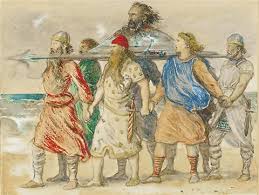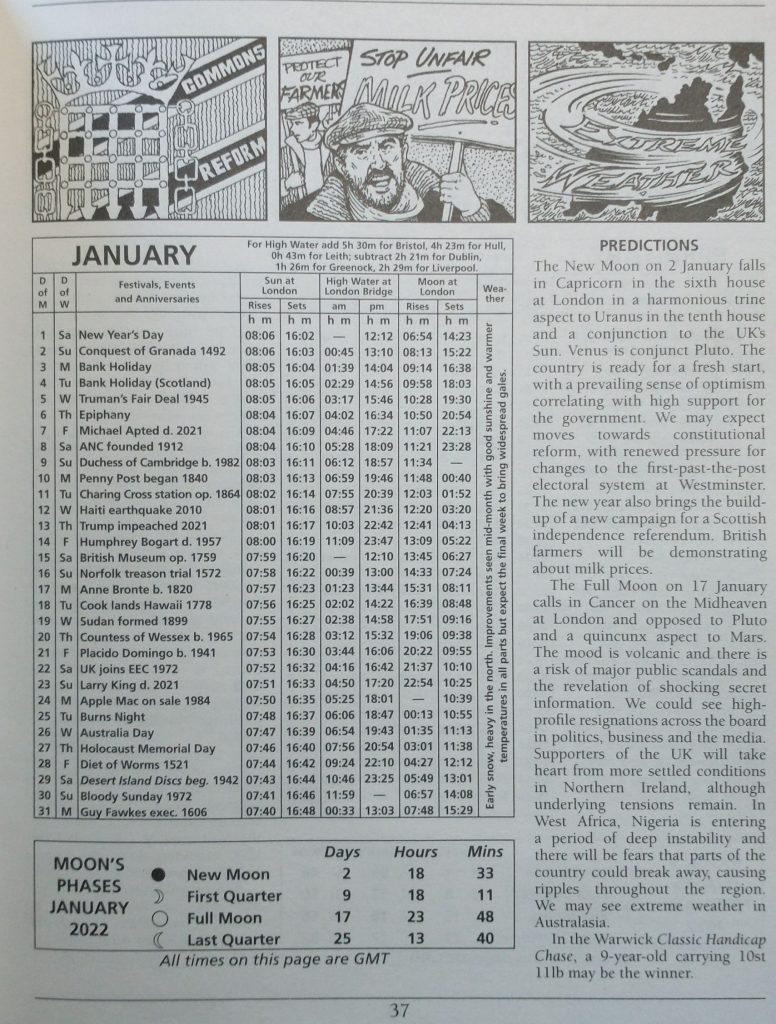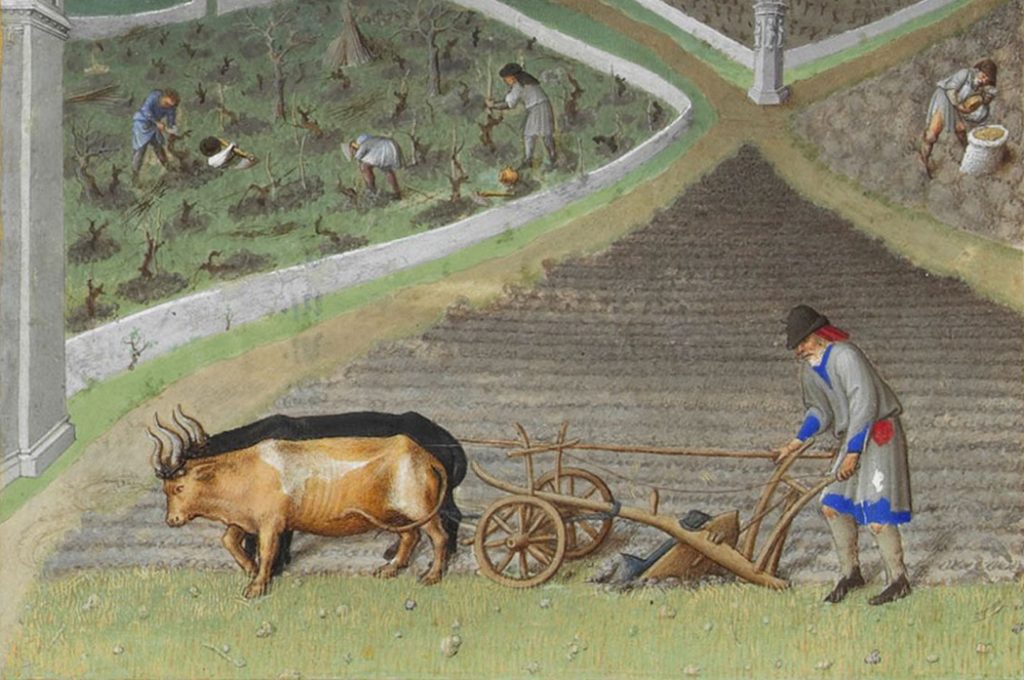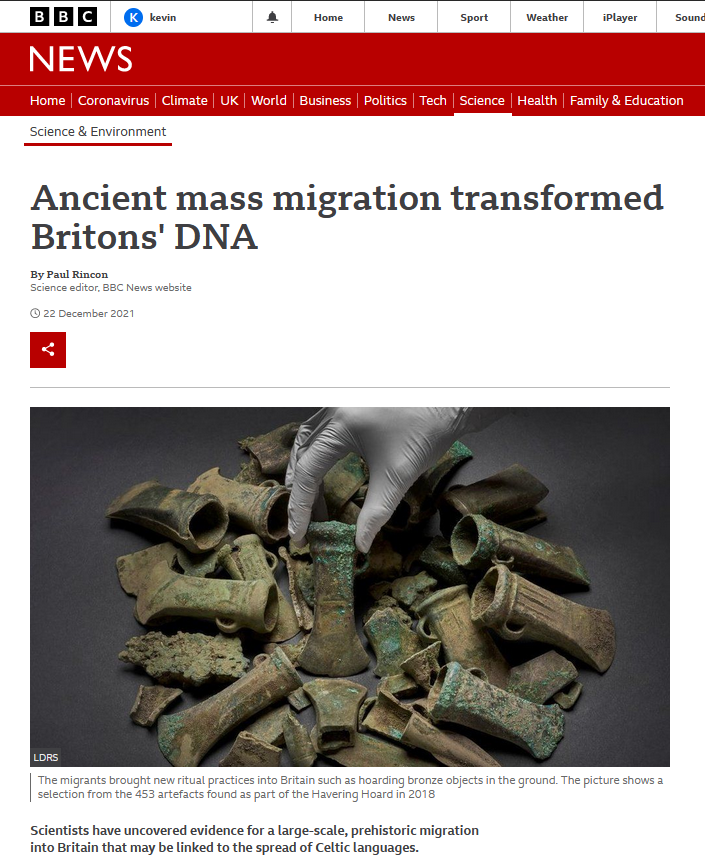
MYTHS, LEGENDS, & CELTIC FESTIVALS LONDON GUIDED WALK
Sunday30th January 2022 2.30pm Tower Hill Underground
The walk tells the story of London’s myths and legends and the Celtic Festival of Imbolc.
The guided walk is led by Kevin Flude, a former archaeologist at the Museum of London, who has an interest both in the archaeological evidence as well as the myths and legends of London’s origin.
The walk is one of a series about London’s Myths and Legends which take place on or around one of the significant festivals of the Celtic calendar. On this tour we celebrate Imbolc, the festival half way between the winter and the Summer Solstice that celebrates the first signs of the coming of spring. The day is also dedicated to St Bridget, or St Bride.
The walk begins with the tale of London’s legendary origins in the Bronze Age by an exiled Trojan called Brutus. Stories of Bladud, Bellinus, Bran and Arthur will be interspersed with how they fit in with archaeological discoveries. As we explore the City we also look at evidence for ‘Celtic’ origins of London and how Imbolc may have been celebrated in early London.
The route starts at Tower Hill, then down to the River Thames at Billingsgate, to London Bridge and Southwark Cathedral, to the Roman Forum at the top of Cornhill, into the valley of the River Walbrook, passed the Temple of Mithras, along Cheapside to the Roman Amphitheatre, and finishing up at St Brides.
This is a London Walks Walk. Look at their web site for a list of other of their amazing walks.
To Book:
MYTHS, LEGENDS, & CELTIC FESTIVALS LONDON VIRTUAL WALK
Sunday 30th January 2022 7.30pm
The virtual version of the walk starts at Tower Hill, then down to the River Thames at Billingsgate, to London Bridge and Southwark Cathedral, to the Roman Forum at the top of Cornhill, into the valley of the River Walbrook, passed the Temple of Mithras, along Cheapside to the Roman Amphitheatre, and finishing up at St Brides.This is a London Walks Virtual Walk. Look at their web site for a list of other of their amazing walks.
To Book:
MYTHS, LEGENDS, MAY EVE LONDON GUIDED WALK
Sunday 30th April 2022 2.30pm Tower Hill Underground
The walk tells the story of London’s myths and legends and the Celtic Festival of Beltane
The walk is led by Kevin Flude, a former archaeologist at the Museum of London, who has an interest both in the archaeological evidence as well as the myths and legends of London’s origin.
The guided walk is one of a series about London’s Myths and Legends which take place on or around one of the significant festivals of the Celtic calendar. On this tour we celebrate May Day, or Beltane – the celebration of the coming of Summer.
The walk begins with the tale of London’s legendary origins in the Bronze Age by an exiled Trojan called Brutus. Stories of Bladud, Bellinus, Bran and Arthur will be interspersed with how they fit in with archaeological discoveries. As we explore the City we also look at evidence for ‘Celtic’ origins of London and how Imbolc may have been celebrated in early London.
The virtual route starts at Tower Hill, then down to the River Thames at Billingsgate, to London Bridge and Southwark Cathedral, to the Roman Forum at the top of Cornhill, into the valley of the River Walbrook, passed the Temple of Mithras, along Cheapside to the Roman Amphitheatre, and finishing up in the shadow of St Pauls
This is a London Walks guided walk. Look at their web site for a list of other of their amazing walks.
To Book
MYTHS, LEGENDS, MAY EVE LONDON VIRTUAL WALK
SUNDAY 30th April 2022 7.30pm
The virtual version of the walk route starts at Tower Hill, then down to the River Thames at Billingsgate, to London Bridge and Southwark Cathedral, to the Roman Forum at the top of Cornhill, into the valley of the River Walbrook, passed the Temple of Mithras, along Cheapside to the Roman Amphitheatre, and finishing up in the shadow of St PaulsThis is a London Walks Virtual Walk. Look at their web site for a list of other of their amazing walks.
To Book:
MYTHS, LEGENDS, & HALLOWEEN VIRTUAL WALK
Sunday 30th October 2022 2.30pm Tower Hill Underground
The walk tells the story of London’s myths and legends and the celtic origins of Halloween
The guided walk is led by Kevin Flude, a former archaeologist at the Museum of London, who has an interest both in the archaeological evidence as well as the myths and legends of London’s origin.
The walk will tell the story of a selection of London’s Myths and Legends, beginning with the tale of London’s legendary origins in the Bronze Age by an exiled Trojan called Brutus. Stories of Bladud, Bellinus, Bran and Arthur will be interspersed with how they fit in with archaeological discoveries.
As we explore the City we also look at the origins of Halloween celebrations and how they may have been celebrated in early London.
The route starts at Tower Hill, then down to the River Thames at Billingsgate, to London Bridge and Southwark Cathedral, to the Roman Forum at the top of Cornhill, into the valley of the River Walbrook, passed the Temple of Mithras, along Cheapside to the Roman Amphitheatre, and finishing up in the shadow of St Pauls.
This is a London Walks Guided Walk. Look at their web site for a list of other of their amazing walks.
To Book:
MYTHS, LEGENDS, & HALLOWEEN VIRTUAL WALK
MONDAY 31st October 2022 7.30pm
The virtual version of this walkstarts at Tower Hill, then down to the River Thames at Billingsgate, to London Bridge and Southwark Cathedral, to the Roman Forum at the top of Cornhill, into the valley of the River Walbrook, passed the Temple of Mithras, along Cheapside to the Roman Amphitheatre, and finishing up in the shadow of St Pauls.
This is a London Walks Virtual Walk. Look at their web site for a list of other of their amazing walks.
To Book:









